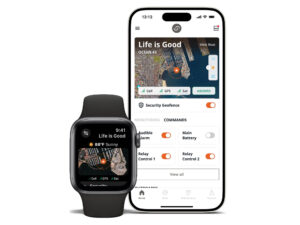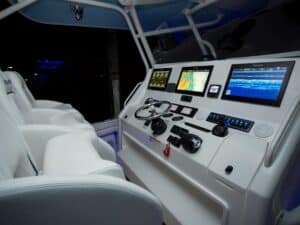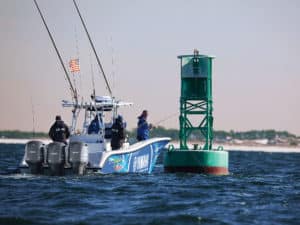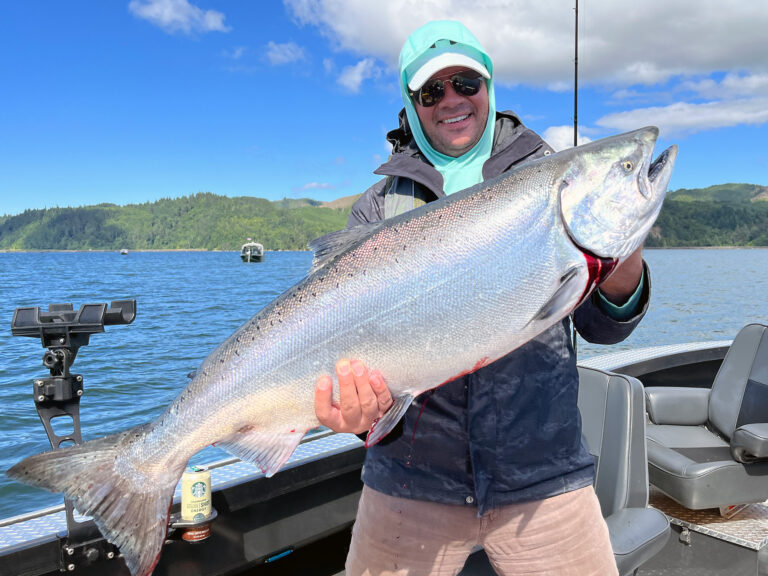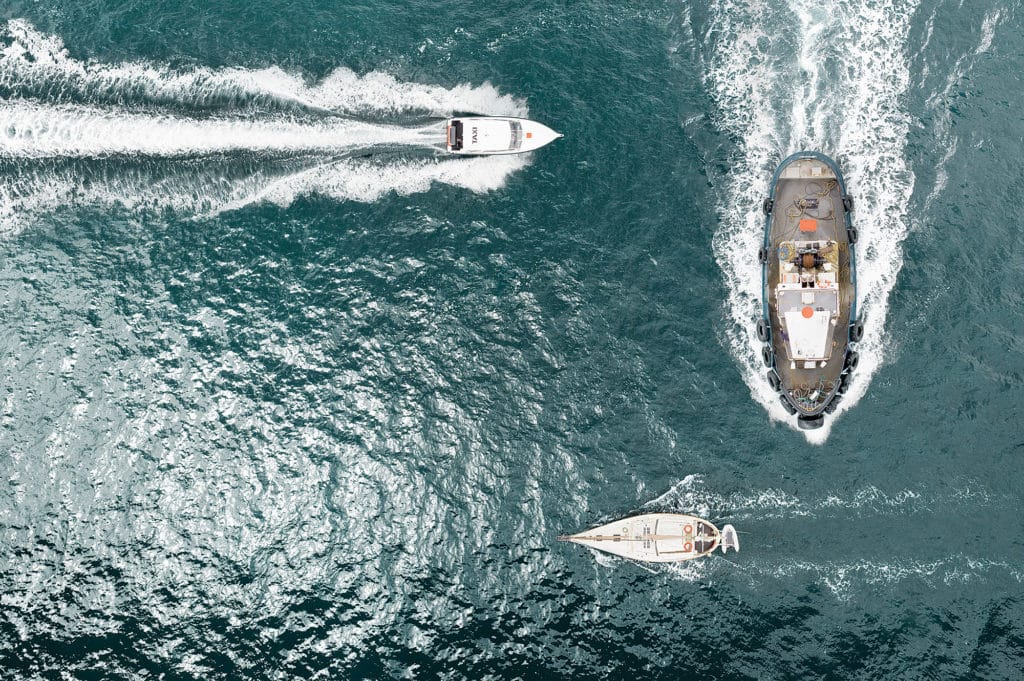
Before I drive a long distance, I usually open a map application on my smartphone and plot my course. The app estimates the time my drive should take, and it shows me any construction or reported accidents along the way. That kind of real-time routing information can seriously affect the tone of my trip.
Marine navigation might be less advanced right now, but it’s headed in that direction. Automatic Identification System, or AIS, units currently display real-time vessel traffic. In the future, they’re expected to improve the dependability of key aids to navigation — such as buoys and markers — and deliver important safety messages in real time.
For anglers in particular, one principal AIS advantage lies in using the electronics to locate stationary vessels that might hold bait or game fish like cobia and kingfish, or to locate shrimpers or even a fleet of vessels fishing in a group. And that benefit is about to expand.
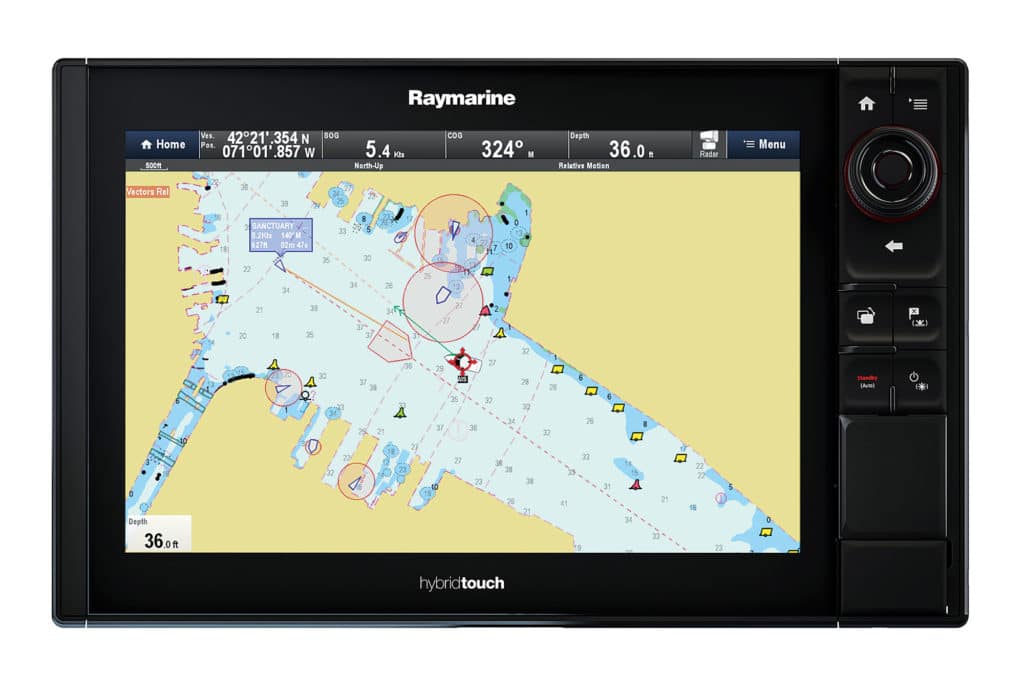
New AIS Regulations in 2016
Currently, about 10,000 vessels are required to use AIS continually while on the water, according to the U.S. Coast Guard, which finalized a rule in early 2015 that expanded carriage requirements.
Affected mariners have until March 2, 2016, to outfit. But chances are, many already have. In addition, says South Florida tournament captain George Mitchell, “Regardless of whether the government requires it, a lot of private companies require it, and insurance companies can require it for safety purposes.”
Vessels mandated by the Coast Guard to carry the gear include commercial vessels greater than 65 feet in length. Commercial fishing vessels that meet those parameters were once exempted, but the 2015 rule adds them to the mandate list. Similarly, commercial vessels over 65 feet that are certified to carry fewer than 150 passengers for hire must also comply.
“AIS is probably the most beneficial piece of safety equipment you can have on the water today,” says Jorge Arroyo, AIS regulatory project officer for the Coast Guard. “Its primary purpose is collision avoidance. It allows you to know and contact the people aboard the other vessel and find out what they intend to do and what their status is.”
Arroyo says that the carriage rules now cover about 80 percent of the U.S. commercial fleet. No further regulations are being considered to require more vessels — whether commercial or recreational — to use AIS. But as the agency begins using AIS technology to improve its communication with mariners, more anglers might choose to voluntarily equip themselves.
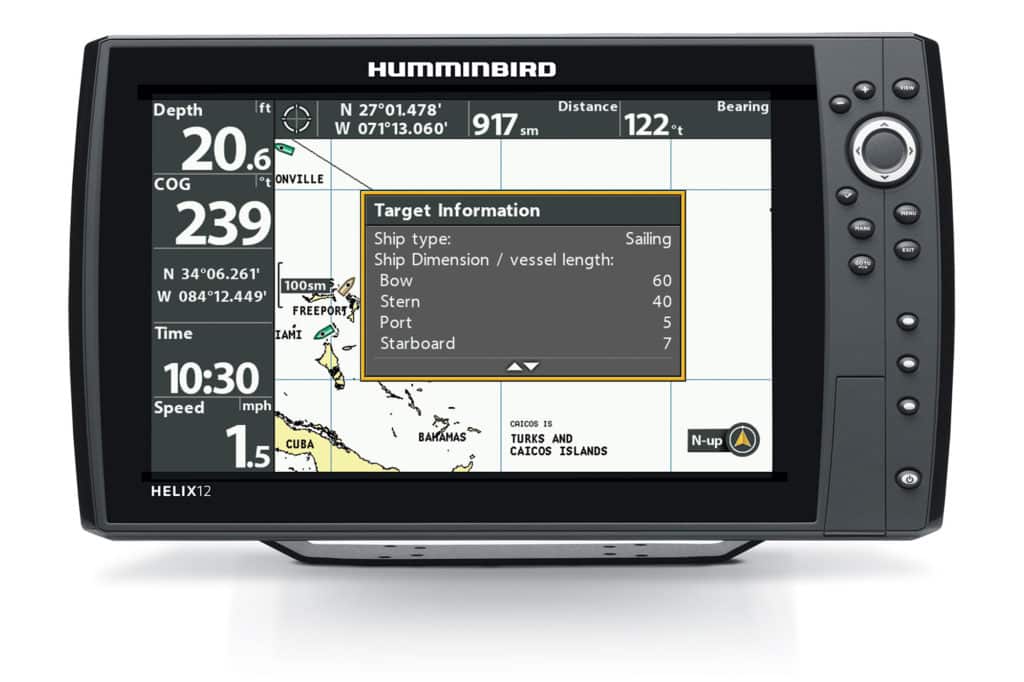
Fishing Functions
“AIS sales have been pretty steady for us all along,” says Jim McGowan, Raymarine’s marketing manager. “The interest has been increasing as it’s in the news and people have become more aware of it.”
Mitchell, who uses a Furuno unit, says AIS simplifies his fishing strategy particularly in the south Atlantic and Gulf of Mexico. “When we were in the Gulf, we could look at a blip on the radar, and if we overlaid our plotter on the radar and didn’t see a rig or buoy, we knew it was a boat,” he says. “We would target-track it with radar to get its speed. If it was about 1.3 knots, we knew it was a shrimper.”
Now the bigger boats, including many shrimpers, will have to use AIS. And the carriage requirement specifies continual use.
Mitchell also uses AIS to identify ships and call them on the VHF radio. “Usually their radio guys love talking to fishermen,” he says, “and they’ll fill you in with all kinds of information at their location,” such as the existence of bait or weed lines.
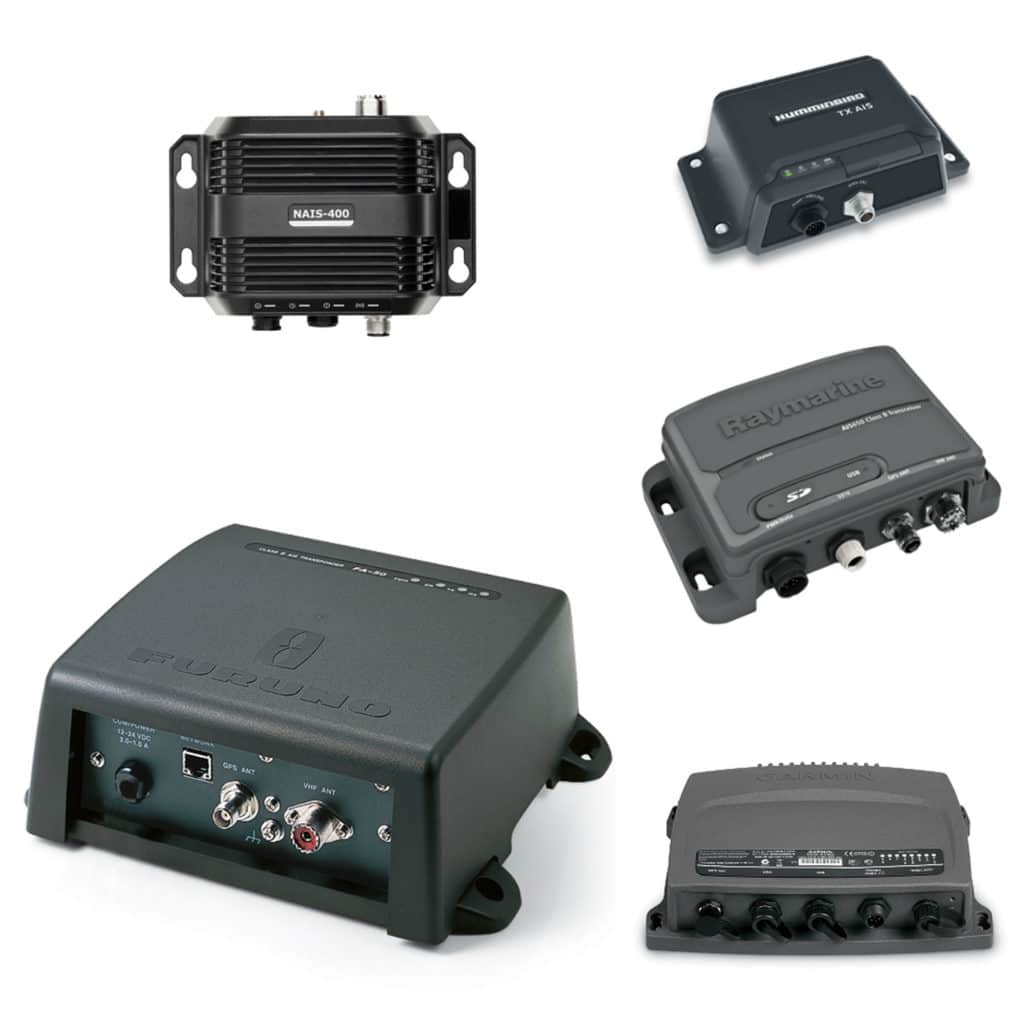
AIS Unit Choices
AIS units come in two classes: Class A (mostly for commercial use, and more expensive) and Class B (mostly for recreational use). Some companies make stand-alone Class B AIS units that sport their own screen; others make black-box add-ons that are placed belowdecks or in a console and plugged into onboard electronics; and still others make fixed-mount VHF radio units with internal AIS.
One advantage to black-box units is their ability to display AIS targets on a chart-plotter screen where you can overlay radar and other information. On the other hand, the VHF-AIS combos might be the simplest solution. AIS uses a VHF frequency to transmit vessel information. Therefore, with some combos, you need only a splitter or an onboard network connection to make your VHF antenna double as an AIS antenna. Class B units cost from $150 to about $1,300, while VHF-AIS combos are in the $200 to $800 range.
Because of this radio-frequency functionality, the range of AIS is limited to line of sight, or about 20 miles. By definition, AIS units receive and send. However, some companies sell lower-cost receive-only products that can show an angler where the traffic is located without sharing his vessel’s position.
“That’s great because you can see,” McGowan says. “But you’re not contributing to overall safety.”
Raymarine and others do build Class B transceivers with a silent-mode feature, which allows anglers to go dark at a favorite fishing spot, if they choose, and only receive signals from other vessels. Once they’re in transit again, they can resume sending.
So while the number of commercial vessels running AIS has been ramping up, manufacturers say that voluntary recreational use has yet to see any spikes. With future AIS functions coming, however, and the promise of both safety and fishing advantages, anglers might warm to the idea of staying on the grid.
To comment on what you’d like to see with regard to future navigation and AIS, please visit navcen.uscg.gov/pdf/Future_of_Navigation_Feedback.pdf.


